Over two thousand years ago, the Kaveri River surged across the fertile plains of southern India, providing both life-giving water and the threat of destruction. Each monsoon, farmers in the delta region watched helplessly as floodwaters washed away crops and eroded the land. Around 150 CE, Karikalan, a visionary ruler of the Chola dynasty, conceived an elegant yet effective solution to seasonal flooding — a dam designed to collaborate with nature. This led to the creation of the Grand Anicut, or Kallanai, built on the Cauvery River in Tamil Nadu’s Tiruchirappalli district. It is an enduring example of ancient engineering that has safeguarded agriculture and shaped the region’s future for centuries.
The primary motivations for building the Grand Anicut were both visionary and utilitarian. First, it was designed to divert the perennial waters of the Kaveri River into the fertile deltaic plains, transforming the region into the “granary of Peninsular India.” Second, and equally important, was its role in flood control. By allowing surplus water to pass into the Kollidam (a northern distributary of Kaveri) through the Ullar stream, the dam significantly reduced flooding risks downstream. This dual function of agricultural enhancement and disaster mitigation was groundbreaking in ancient times and remains relevant today.
Constructed at a strategic location where the Kollidam riverbed is about 3 meters lower than the Kaveri, the Grand Anicut reversed the natural flow, redirecting the river into the delta for irrigation. Built using unhewn granite stones arranged in a serpentine shape, it not only increased agricultural output but also helped maintain the region’s groundwater levels through natural percolation.
As one of the oldest functioning water management systems in the world, Kallanai irrigated around 69,000 acres in its early years. Today, it supports over 1.3 million acres of farmland. Kallanai teaches us essential lessons about sustainability, community strength, and living in balance with nature. In today’s world, where we face challenges like climate change and water scarcity, this 2,000-year-old dam shows that working with nature can lead to solutions that endure.
An Ancient Blueprint for the Future

Image Credit : TheCivilEngineer.org
In an era where modern dams are blamed to disrupt ecosystems, the Grand Anicut stands as a beacon of sustainable engineering. Constructed entirely from locally sourced, uncut stone, the dam was built without cement, concrete, or carbon-intensive technologies. It relies entirely on gravity for water distribution and needs no external energy — a design that is as efficient as it is environmentally friendly.
The Grand Anicut doesn’t block the river’s flow or harm biodiversity. Instead, it redirects water subtly, using a sloped crest and angled masonry that reflect a deep understanding of the river’s behaviour. Its irregular rear descent dissipates energy gradually, reducing erosion and maintaining stability during flood seasons.
According to hydraulic historian Dr. Chitra Krishnan, Kallanai is a model of ecological integration. It absorbs monsoon variability without causing downstream flooding or habitat loss. This unique ability makes the Grand Anicut an exemplary model of adaptive water management. During intense rainfall, the structure’s design allows it to moderate water flow naturally, avoiding sudden surges that could lead to destructive flooding. Rather than relying on mechanized floodgates, Kallanai uses passive hydrological features—such as its sloped crest, angled masonry, and irregular rear gradient—to gradually dissipate the energy of incoming water. This ensures the surrounding ecosystem, including aquatic habitats, remains stable.
Even today, the dam continues to regulate water distribution across the delta. By channeling the Kaveri’s waters in a controlled manner, it supports year-round irrigation while preventing waterlogging and soil erosion. The constant percolation facilitated by the dam contributes to aquifer recharge, helping sustain groundwater reserves that many communities depend on during dry months.
Social Impact: Community, Culture, and Resilience
Beyond its technical brilliance, the Grand Anicut is a vital social and cultural institution. For centuries, local communities have managed and maintained it through traditional water-sharing systems, seasonal planning, and rituals. The Karikalan Chozhan Memorial, beside the dam, stands in tribute to the king’s vision and remains a cultural landmark. The dam’s spiritual relevance is deeply woven into regional life, seen through festivals, storytelling traditions, and religious ceremonies tied to the Cauvery River.
Kallanai’s influence extended to agricultural planning, crop selection, and administrative decisions. Historical records, such as copperplate inscriptions, outline community-based water-sharing responsibilities. Today, Kallanai is recognized nationally and internationally as a masterpiece of ancient water engineering. It is listed as a heritage irrigation structure by the Indian National Committee on Irrigation and Drainage (INCID), protected by the Archaeological Survey of India (ASI), and designated a World Heritage Irrigation Structure by the International Commission on Irrigation and Drainage (ICID) in 2021.
Kallanai in the Modern Era
In recent years, scholars and institutions have called for international recognition of Kallanai. Tamil Nadu Agricultural University (TNAU) has recommended the Grand Anicut for recognition under the Globally Important Agricultural Heritage Systems (GIAHS), emphasizing its relevance as a traditional, sustainable water management model with global significance. The university argues that Kallanai exemplifies traditional knowledge systems with global relevance — combining engineering, environmental awareness, and cultural continuity.
The dam, which has seen major renovations since the British era, is undergoing significant modernization. The Government of Tamil Nadu launched the Grand Anicut Canal Modernization Project, aiming to restore the canal’s original water-carrying capacity and improve irrigation for 227,000 acres. The modernization project is structured in three phases; two have been completed, while the third is underway. Key upgrades include lining over 100 km of the canal, rebuilding regulators, repairing bridges, and rejuvenating more
than 300 water bodies.
Innovations like no-fines concrete enable groundwater recharge, addressing concerns about declining aquifer levels. The project secured international funding, with a USD 230 million loan from the Asian Infrastructure Investment Bank (AIIB). The initiative aims to enhance climate resilience and ensure sustainable water supply.
Water Quality Assessment Report (2024)
| Parameter | Value | Acceptable Range / Limit (General) |
| Dissolved Oxygen (DO) | 6.6 mg/L | >5 mg/L (good for aquatic life) |
| pH | 8.13 | 6.5–8.5 |
| Conductivity | 1127 µS/cm | <1400 µS/cm (for drinking/surface) |
| BOD (27°C) | 2.4 mg/L | <3 mg/L (for clean surface water) |
| Nitrate (NO₃⁻) | 0.34 mg/L | <45 mg/L (WHO for drinking water) |
| Nitrite (NO₂⁻) | 0.18 mg/L | <0.5 mg/L (WHO for drinking water) |
| Fecal Coliform (MPN/100ml) | 6.24 | Should be 0 for drinking; <10 for recreational waters |
Above data collected by the Tamil Nadu Pollution Control Board (TNPCB), it reflects the region’s commitment to environmental monitoring and sustainable water management.
Conclusion: Lessons for the Future
The Grand Anicut is not just an engineering marvel; it is a symbol of human ingenuity and environmental balance. Built over 2,000 years ago, it remains a powerful example of how ancient systems can offer sustainable solutions to modern challenges. In an age where many infrastructures impose ecological costs, Kallanai’s design, which works in harmony with natural water cycles, offers a compelling alternative. Beyond its historical significance, the Grand Anicut teaches us that lasting solutions often come from respecting nature. Its efficient, low-impact design shows that sustainability and progress can coexist. In today’s world, where climate change and water scarcity pose significant challenges, Kallanai’s principles offer valuable lessons in resilience and community-driven water management.
The Grand Anicut encourages us to blend traditional knowledge with modern science. As we face increasing environmental pressures, the lessons of the past may hold the keys to a more sustainable future. This 2,000-year-old structure stands as proof that when we collaborate with nature, we can create solutions that benefit both people and the planet for generations to come.
References:
-
- Wikipedia contributors. (n.d.). Kallanai Dam. Wikipedia. Retrieved May 4, 2025, from https://en.wikipedia.org/wiki/Kallanai_Dam
- Tamil Nadu Pollution Control Board. (2024). Annual Report on Water Quality – National Water Monitoring Programme (Jan–Dec 2024). Retrieved from https://tnpcb.gov.in/PDF/About_Us/projects/WaterQuality/AnnualRptNWMP2024.pdf
- International Commission on Irrigation and Drainage (ICID). (n.d.). Heritage Irrigation Structures: Kallanai Dam. Retrieved May 4, 2025, from https://icid-ciid.org/award/his_details/152
- Ursji. (2018, January 28). 5. Kallanai Dam – The Grand Anicut. Retrieved from https://ursji.wordpress.com/2018/01/28/5-kallanai-dam-the-grand-anicut/
- TheCivilEngineer.org. (n.d.). Kallanai Dam (Grand Anicut). Retrieved May 4, 2025, from https://www.thecivilengineer.org/education/online-historical-database-of-civil- infrastructure/kallanai-dam-grand-anicut
- Millennium Water Story. (n.d.). The Grand Anicut Complex: History of its Development. Retrieved May 7, 2025, from https://www.millenniumwaterstory.org/Pages/Photostories/Water-and-Culture/The-Grand- Anicut-Complex-History-of-its-development.html
- Cover Image Sourced from ICID – Heritage Irrigation Structures
Author
-

Pradeep P is a commerce graduate from the University of Mysore with a deep passion for community impact, data-driven solutions, and sustainable development. He is committed to continuous learning and strategic collaboration, with a keen interest in business analysis and data analytics. Guided by a purpose to drive meaningful change, Pradeep aspires to contribute to initiatives that foster social equity and long-term growth.
View all posts

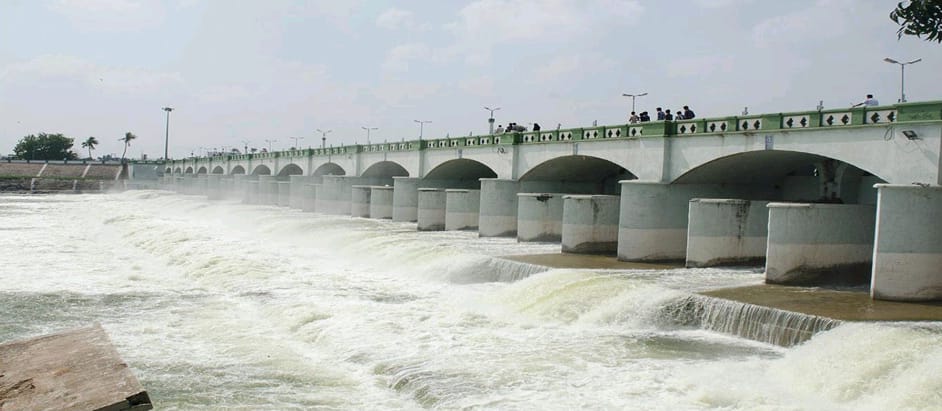
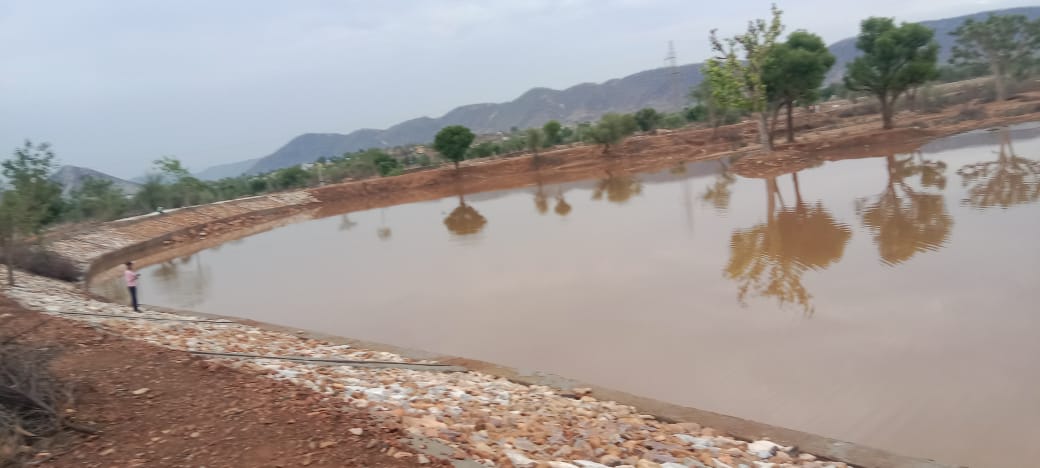
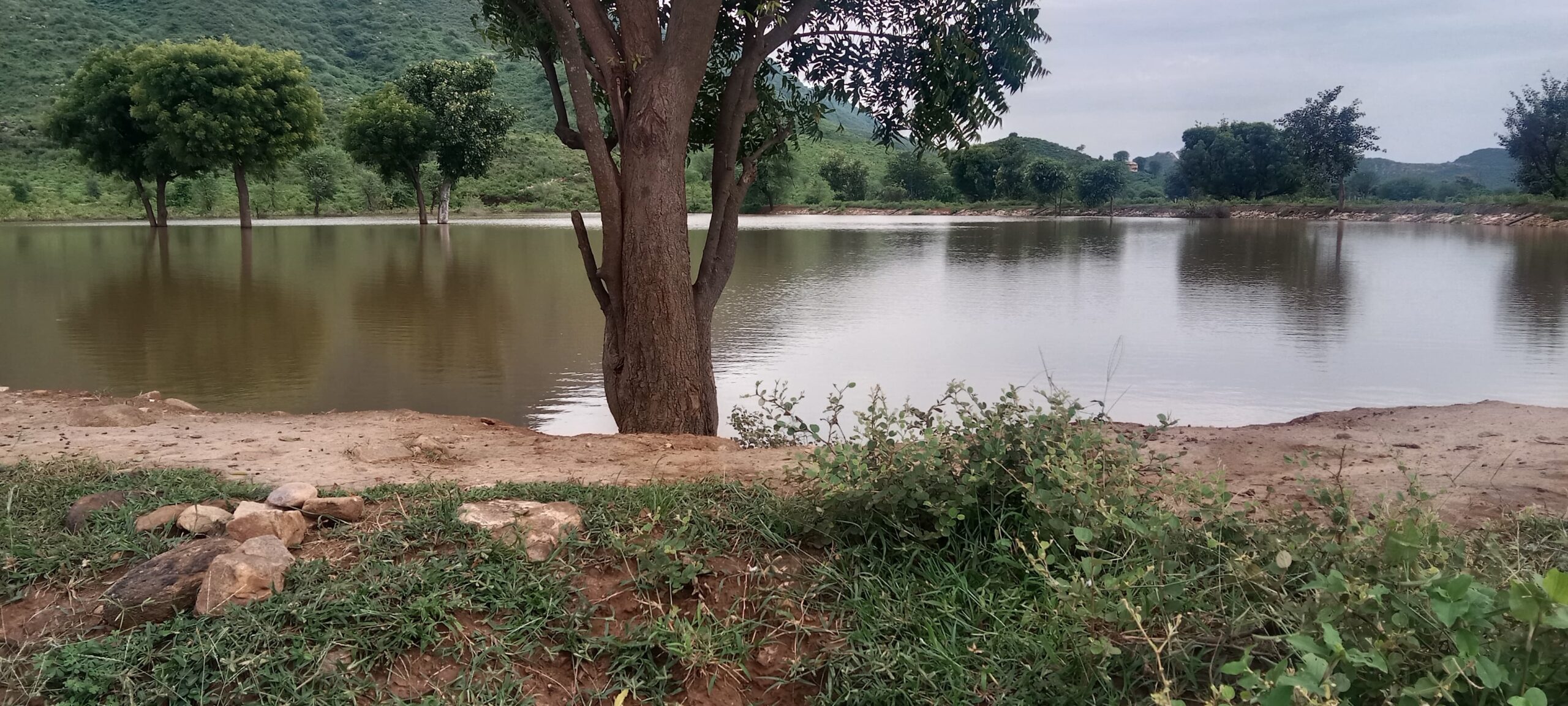
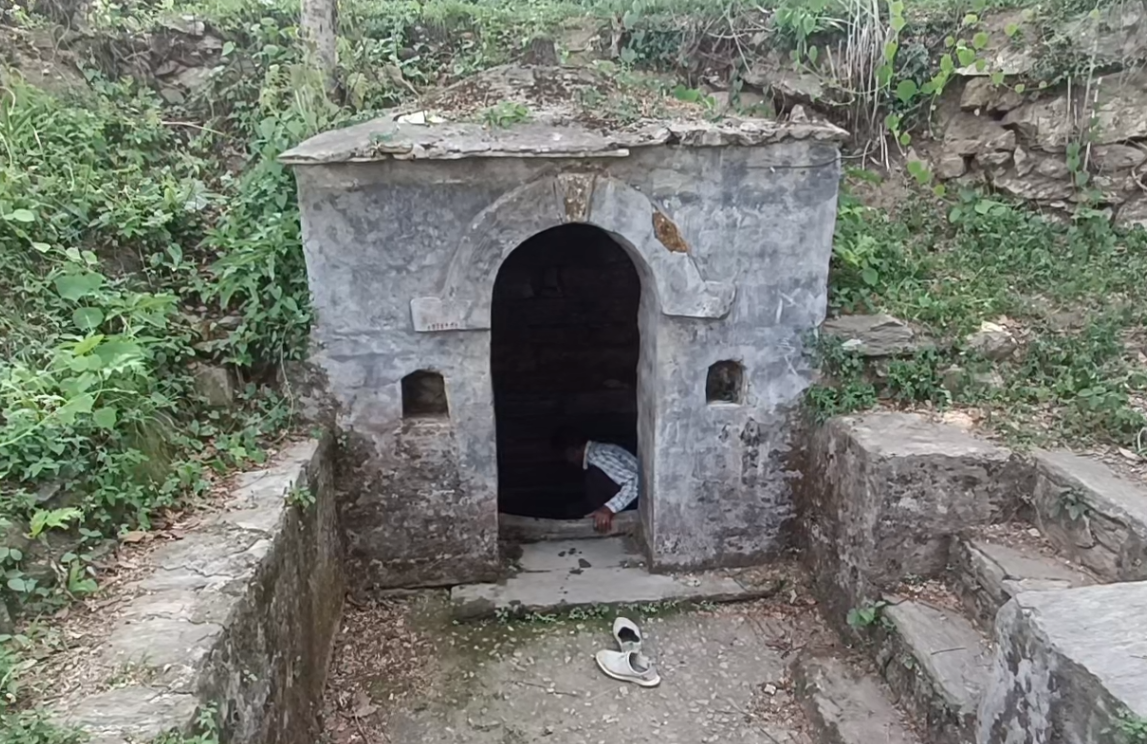
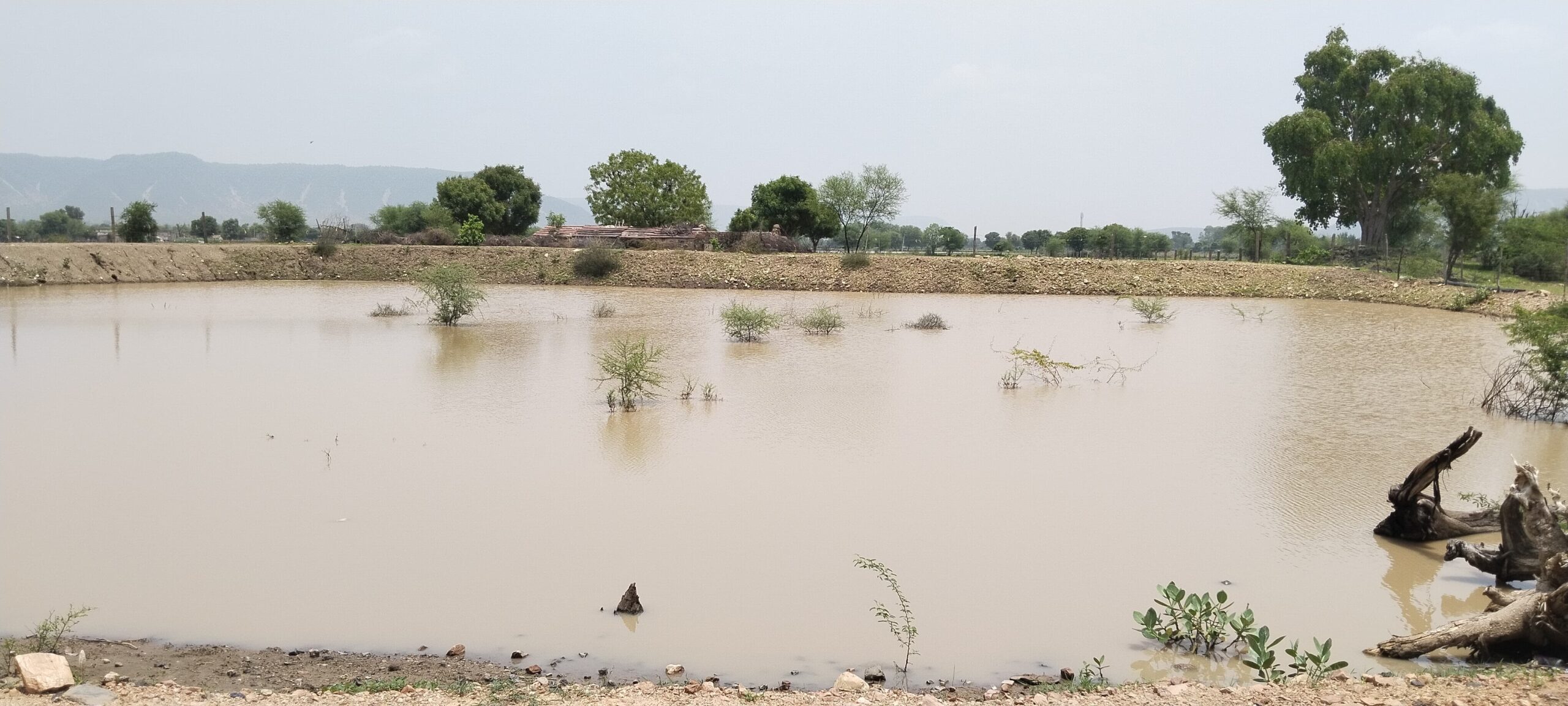
Leave a Reply